In general, mine waste may be defined based on the expected quality of ore, as the fraction of mine deposit that contains concerned minerals below the cut-off grade. Mine waste can be categorized into solid waste and wastewater. However, there is no general or global classification system for solid waste and most of the classifications have been carried out so far based on the environmental impact of the waste. Therefore, the smart solid waste database proposes a proactive approach for evaluating the potential economic benefits of recycling solid waste for the recovery and reuse of valuable metals and materials for in-demand applications. It is based on 4 pillars smart waste selection, smart characterization, smart application, and smart technical analysis. The smart choice of solid waste should be performed based on local sources and demands for metals and materials. Proper characterization is defined as using the most suitable characterization methods that provide the most important characteristics of the waste, required for its recycling, with minimum costs. Subsequently, the most appropriate application and processing method of waste should be chosen concerning technical, economical, and environmental aspects. The final step will be introducing the potential application of solid waste to a user to satisfy the circular economy objective. In general, the application of a smart waste database strongly depends on the quality of generated data, including chemical and physical characteristics of the waste and proposed valorization processes, environmental regulations, and global/domestic supply and demand. There are several sources for collecting data for the database such as reports, case studies, statistics, publications, and ultimately sampling followed by analysis. According to a published statistic, since 2010, the number of scientific/academic publications about zero-waste production, mineral waste metal recovery, sustainable mining, and low-grade wastes has been increased by the factors of 5, 4, 3.5, and 2, respectively. In this work, the principles of the smart database will be described with a case study.
